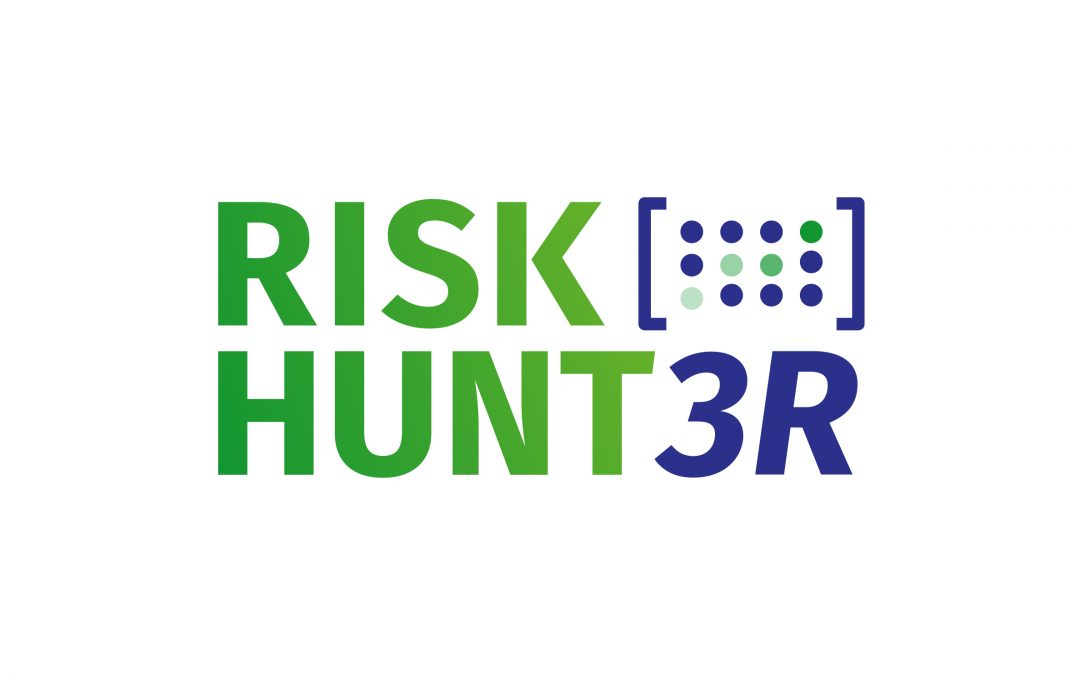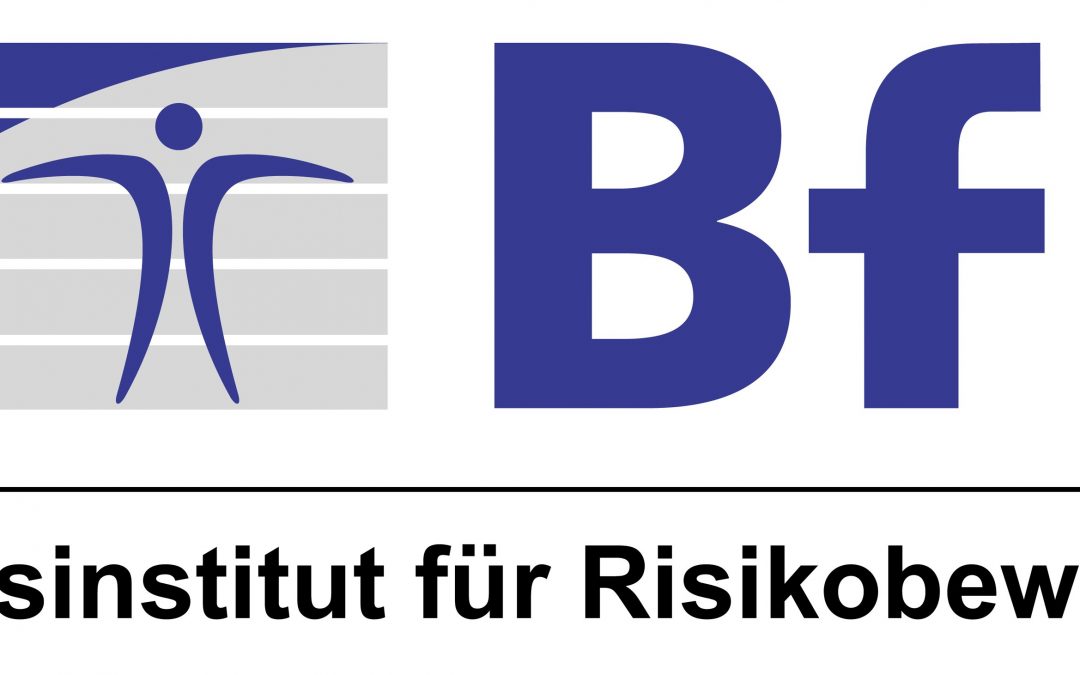
ASPIS Cluster solidarity with Ukraine
We would like to express our solidarity with Ukrainian toxicologists, scientists, students, and the whole Ukrainian nation. We fully condemn the unprovoked military aggression of the Russian government against Ukraine, and we join the numerous calls from around the world for a swift return to diplomatic relations and respect of International Law.
Today, our thoughts are with all the victims of this act of war – the displaced people, separated families, including Russian and Belarusian academics, journalists and citizens who protest against this illegal invasion and support fundamental human rights, regardless of the consequences.
Our 70 academic, private and public partners want to convey their support to the Ukrainian researchers and students. ASPIS is driven by free thought and exchange of knowledge and we will continue our research collaboration with all those who defend peace and democratic values across borders.
ASPIS CLUSTER:
- For PrecisionTox, Prof. John Colbourne (University of Birmingham) Grant agreement ID: 965406
- For ONTOX, Prof. Mathieu Vinken (Vrije Universiteit Brussels) Grant agreement ID: 963845
- For RISK-HUNT3R, Prof. Bob Van de Water (Leiden University) Grant agreement ID: 964537



